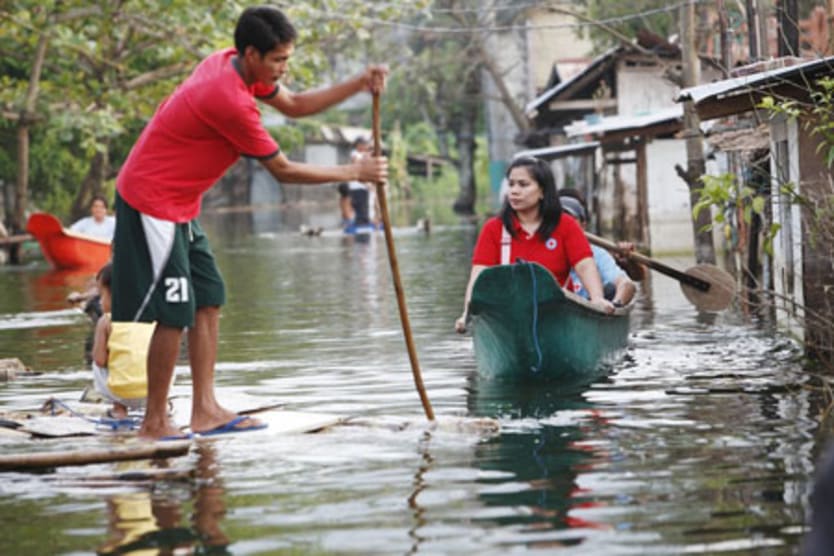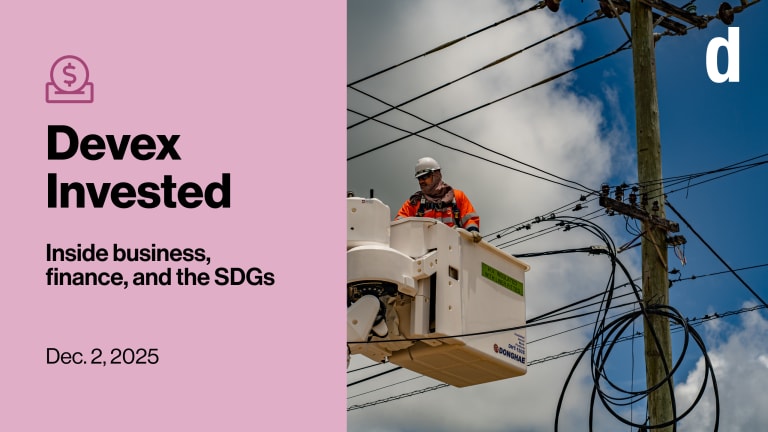
Two reports backing a regionwide call for increased attention on disaster preparedness activities were released on the first day of the 5th Asian Ministerial Conference on Disaster Risk Reduction.
A joint report from the U.N. Economic and Social Commission for Asia and the Pacific and U.N. International Strategy for Disaster Reduction, reveals that the Asia-Pacific region is the most disaster-prone area in the world. The region, according to the report, accounted for 75 percent of global fatalities or 2 million deaths from disasters between 1970 and 2011. Last year, disasters caused $366.1 billion in economic losses; the Asia-Pacific region alone suffered $294 billion.
Rapid economic growth is one of the factors that expose the region to disaster risks, the report notes. The need to accommodate demands of a growing economy has sometimes resulted in poorly executed projects, inefficient urbanization and fiscal mismanagement.
In a press release, Special Representative of the U.N. Secretary-General for Disaster Risk Reduction Margareta Wahlström said: “Exposure to disaster risk is growing faster than our ability to build resilience and Asia’s rapid economic growth is partly responsible for it. Of course, the challenge is not to stop development, but to arrest both the growing rate of exposure and rising vulnerability.”
The report does highlight good practices, including a reduce disaster risk exposure first and improve vulnerabilities next approach being implemented at a Philippine province and a $10 billion investment in flood and coastal management in Bangladesh.
The International Federation of Red Cross and Red Crescent Societies, meanwhile, released the results of a study based on discussions with people in Sri Lanka, Indonesia, Thailand and the Maldives about the humanitarian response to the Red Cross Red Crescent Indian Ocean Tsunami operation. Based on these discussions, IFRC was able to determine factors that can help build and strengthen resilience at the community-level. According to the humanitarian agency, a resilient community:
Has effective risk management.
Can identify problems and priorities, and act on them.
Has a good network of support groups.
Has efficient infrastructure and services.
Has sufficient economic opportunities.
Can manage natural assets.
IFRC also set out determinants to measure the success and sustainability of programs to strengthen communities’ disaster resilience.
The Fifth Asian Ministerial Conference on Disaster Risk Reduction runs until Oct. 25 in Yogyakarta, Indonesia.
Read more development aid news online, and subscribe to The Development Newswire to receive top international development headlines from the world’s leading donors, news sources and opinion leaders — emailed to you FREE every business day.








